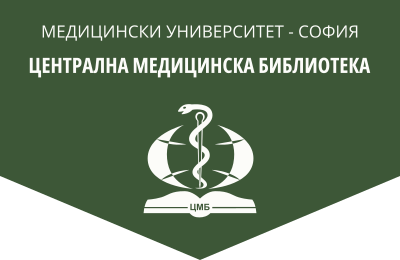Uterine fibroids – epidemiology and risk factors
Bulgarian Medical Journal, 16, 2022, № 1, 18-24.
E. Ismail
Abstract. Uterine fibroids are the most common benign tumor and the most common reason for surgical treatment in women. Uterine fibroids cause different clinical symptoms, determined by their size and location. Symptoms can range from pelvic pain (20-40% of patients), to heavy menstrual bleeding (30% of patients) and secondary anemia. Uterine fibroids are the leading reason for uterine removal in women in the United States. The incidence of uterine fibroids varies between 20% and 80% and depends on many factors. They predominate in the fourth and fifth decades of a woman’s life and decrease in the postmenopausal period. Although only 50% of fibroids are symptomatic, they lead to disturbances in the health status of a significant group of women of reproductive age, creating a wide range of problems ranging from infertility to severe bleeding, requiring their treatment from conservative to radical ‒ surgical. The development of fibroids after menarche, their enlargement and growth rate during reproductive age and their regression after menopause, suggests that their growth depends on the levels of estrogen, progesterone and ovarian steroids. Although these tumors are largely hormone-dependent, surgery is still a classic method of treatment.
Key words: uterine fibroids, risk factors
Address for correspondence: Assoc. Prof. Elis Hudaim Ismail, MD, SHAOG, “Prof. D-r D. Stamatov”, 150 Tsar Osvoboditel Blvd, Bg ‒ 9002 Varna, tel.: 0897 83 66 42, e-mail: elisismail@abv.bg
